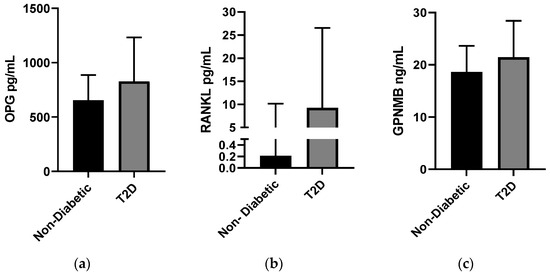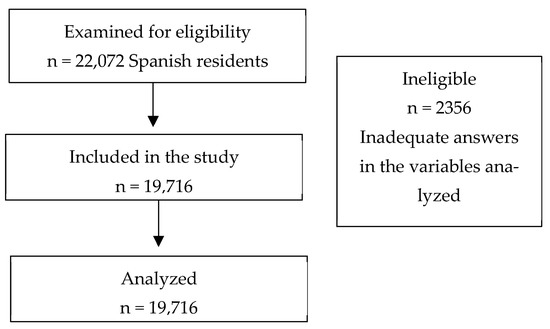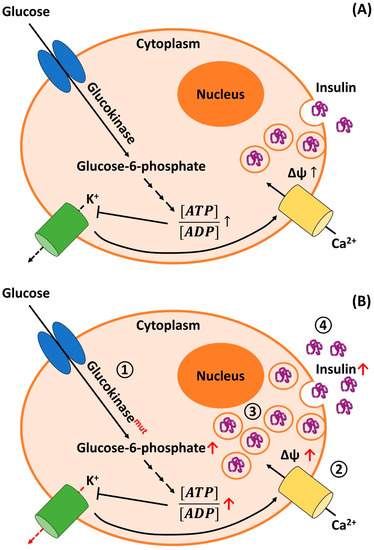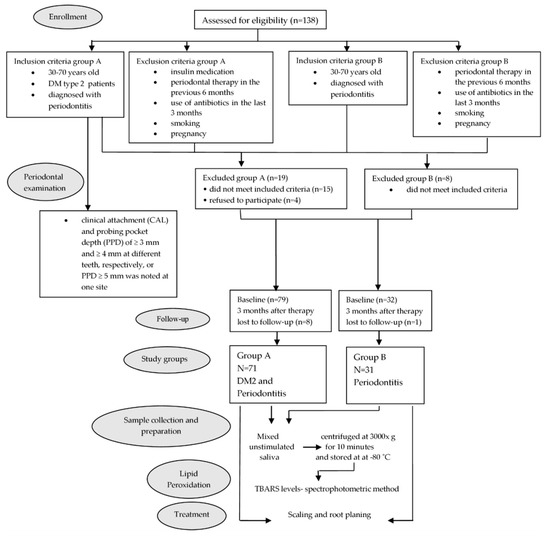Feature Papers in Obesity, Type 2 Diabetes and Metabolic Syndrome
A topical collection in Biomedicines (ISSN 2227-9059). This collection belongs to the section "Endocrinology and Metabolism Research".
Viewed by 42240Editor
Interests: endothelial dysfunction; obesity; insulin resistance; diabetic nephropathy; metabolic syndrome; adipokines
Special Issues, Collections and Topics in MDPI journals
Topical Collection Information
Dear Colleagues,
The Topical Collection “Feature Papers in Obesity, Type 2 Diabetes and Metabolic Syndrome” will comprise important contributions by scholars and the Editorial Board members of the section Endocrinology and Metabolism Research in Biomedicines in the field of the emerging mechanisms underlying vascular and metabolic complications in diabetes and obesity. Both molecular and clinical studies are encouraged. Their broad expertise will result in a comprehensive array of the latest findings in this field, and, thus, we encourage submissions of high-quality research papers or review articles.
Contributions that explore different aspects ranging from adipokins, gastrointestinal peptides, visceral adipose tissue, perivascular adipose tissue, oxidative stress, vascular dysfunction in obesity and diabetes, free fatty acids (FFA), insulin resistance, ceramides, exercise/diet and new therapeutic targets for obesity, and type 2 diabetes are appropriate topics for this Special Issue. We look forward to your submissions on the above-listed research areas of cell biology and pathology.
Dr. Manfredi Tesauro
Collection Editor
Manuscript Submission Information
Manuscripts should be submitted online at www.mdpi.com by registering and logging in to this website. Once you are registered, click here to go to the submission form. Manuscripts can be submitted until the deadline. All submissions that pass pre-check are peer-reviewed. Accepted papers will be published continuously in the journal (as soon as accepted) and will be listed together on the collection website. Research articles, review articles as well as short communications are invited. For planned papers, a title and short abstract (about 100 words) can be sent to the Editorial Office for announcement on this website.
Submitted manuscripts should not have been published previously, nor be under consideration for publication elsewhere (except conference proceedings papers). All manuscripts are thoroughly refereed through a single-blind peer-review process. A guide for authors and other relevant information for submission of manuscripts is available on the Instructions for Authors page. Biomedicines is an international peer-reviewed open access monthly journal published by MDPI.
Please visit the Instructions for Authors page before submitting a manuscript. The Article Processing Charge (APC) for publication in this open access journal is 2600 CHF (Swiss Francs). Submitted papers should be well formatted and use good English. Authors may use MDPI's English editing service prior to publication or during author revisions.


















